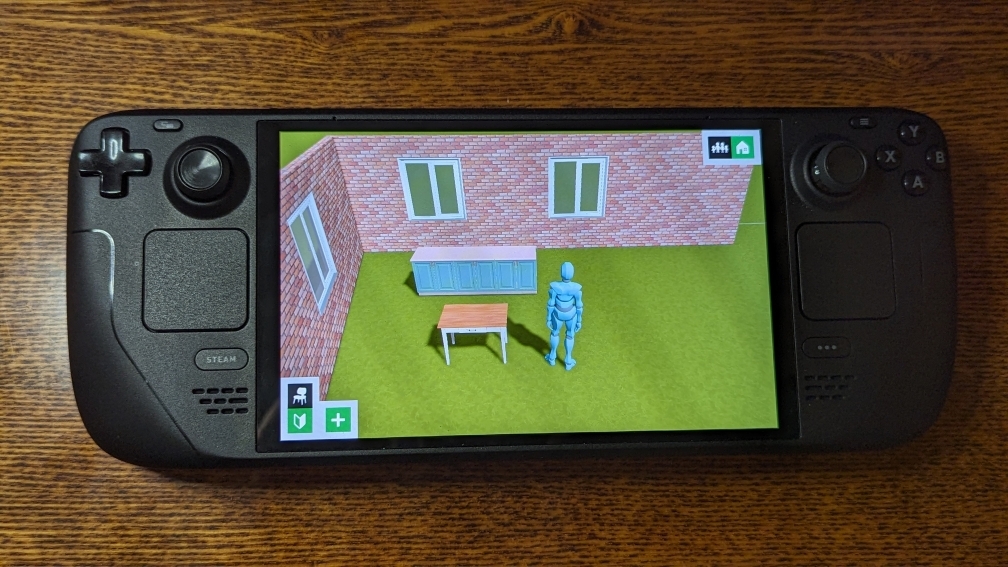I play Stardew Valley on mine :)
Shatur
Maybe attaching a phone to monitor to use it as a GNU/Linux computer? Modern smartphones are powerful.
Also I saw that many people use Termux to emulate some PC games, maybe with this tech it will be easier?
Didn't know! Were there any responses from the .ml admins?
~~I also noticed that this post is not available on lemmy.ml, apparently they banned the post.~~ Looks like they banned the OP from the instance.
It looks like admins from .ml ban people who write bad things about CCP and .world admins ban people who can write bad things about US imperialism. They both think that they fight trolls and usually it's the case.
For example, the banned OP wrote something like "Why, to ban criticism about China more actively?" in https://feddit.nl/comment/10140068 (6 days ago, while the post was created 9 month ago!) which is definitely not okay behavior.
I used "Project" to emphasis the the name is temporary. Yes, I also like "Harmonia", but such game already exists 😢
One does not exclude the other. You can have a fancy name and a semantic versioning.
What do you use to browse Lemmy?
Unfortunately, you on GNOME and KDE you don't have org.freedesktop.portal.Screenshot method in /org/freedesktop/portal/desktop.
Screen sharing is different thing, there is no fragmentation there.
But in order to take screenshot I had to write different code:
For KDE. It also requires special line in desktop file for security reasons.
Global shortcuts are even worse. It also DE specific and users have to manually register them in DE settings. In order for your application to support this, it should export such functions via the Dbus interface. And all this incompatible with Windows (my app is cross-platform), so I had to provide in-app interface for global shortcuts too that works for Windows and X11 users.
What I don't like about Wayland is that many things are specific to individual DEs. Like global shortcuts or taking screenshots. In my app I have two different solutions for taking screenshots in GNOME and KDE using XDG portals. It causes fragmentation.
You can downgrade packages on arch too via downgrade.


PineTime is nice, wearing it right now.